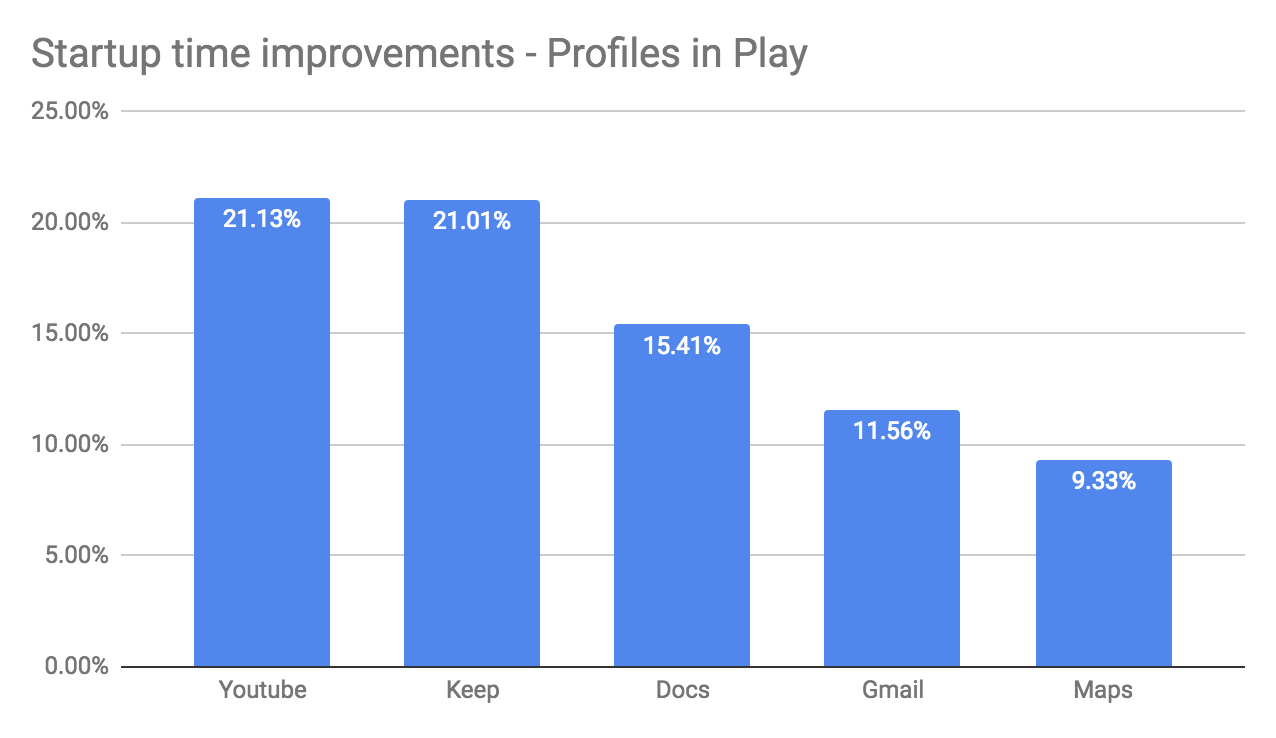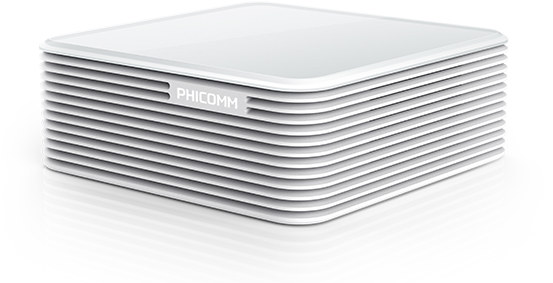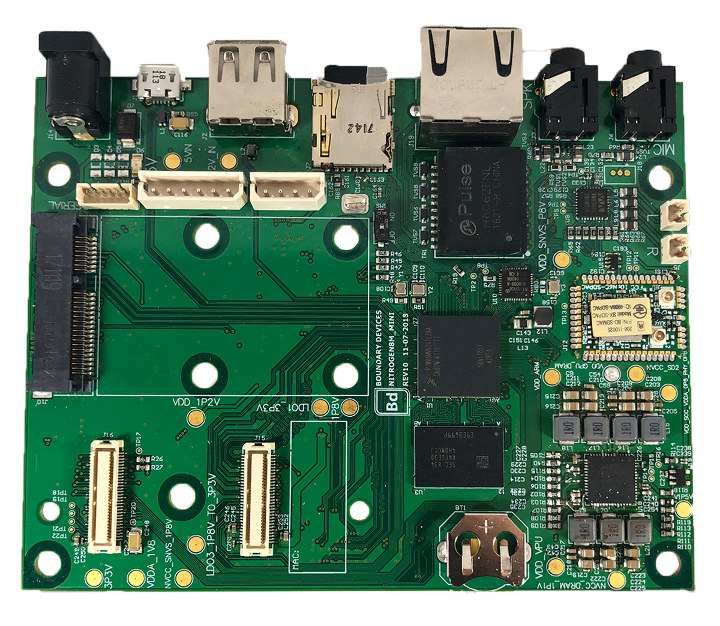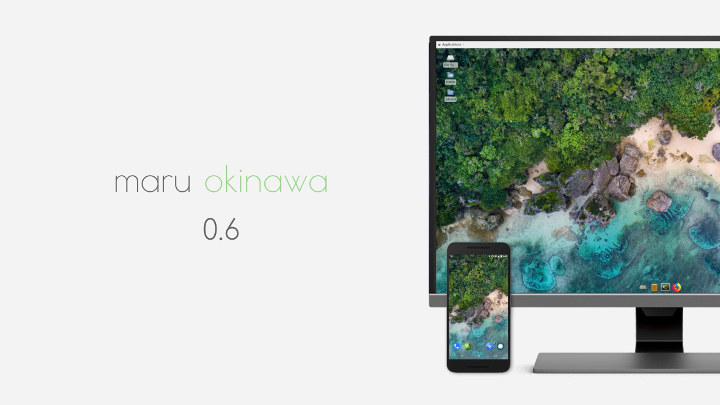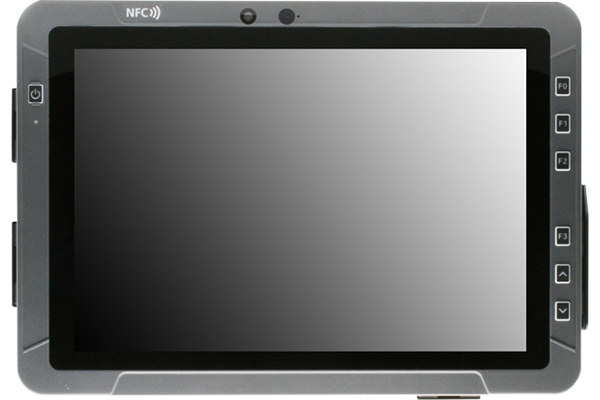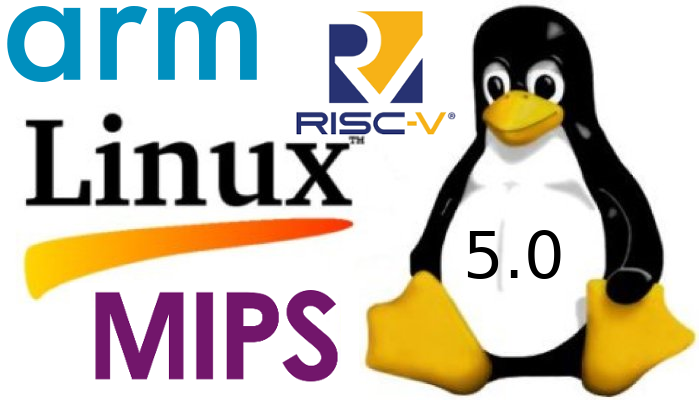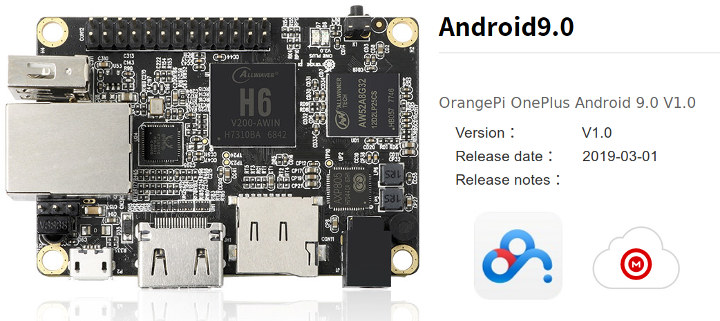Google has just announced the first public release of Android Q dubbed “Beta 1”- for Pixel devices only – as well as the corresponding preview SDK for developers. Android Q is said to bring additional privacy and security features for users, enhancements for foldables, new APIs for connectivity, new media codecs and camera capabilities, NNAPI extensions, Vulkan 1.1 support, faster app startup, and more. What’s new in Android Q Privacy protections improvements More control over location with multiple options to “allow all the time”, “allow only while the app is in use” (e.g. not while running in the background), and “deny” Users will be able to control apps’ access to the Photos and Videos or the Audio collections via new runtime permissions Android Q will prevent apps from launching an Activity while in the background, relying on high-priority notifications instead Access to non-resettable device identifiers, including device IMEI, serial number, […]
Phicomm N1 Android 7.1 TV Box Supports Multiple Linux Distributions
I like to look at new hardware platforms supported by Linux mainline, and recently covered MapleBoard MP130 SBC which I found in Linux 5.0 changelog. Today, I had a look at another device. Phicomm N1 is an Amlogic S905D powered TV box running Android 7.1 with a user interface geared towards to the Chinese market. Nothing that interesting so far, but a topic on Armbian forums made it more interesting as the box comes with a larger heatsink than most other cheap TV boxes, a 12V/2A power supply which should allow you to connect several USB hard drives, and potentially more importantly, it became popular among Chinese users, with the community releasing several Linux based distributions for the device including CoreELEC, LibreELEC, Alpine Linux, CentOS, Debian, Deepin, ArchLinux Arm, and more. Phicomm N1 hardware specifications: SoC – Amlogic S905D quad core Arm Cortex-A53 processor @ 1.5 GHz with Arm Mali-450 […]
Nitrogen8M_Mini Single Board Computer Launched for $135 and Up
Last month we write about Nitrogen8M_Mini, the First NXP i.MX8 8M Mini SBC, but at the time, it was not available for purchase just yet. Boundary Devices has now announced the official release of the board and is taking orders / pre-orders for $135 and up. Nitrogen8M_Mini SBC Two versions are being offered either with the board only, or as part of a devkit with a 5V power supply, an 8GB microSD card with Linux OS, a battery, and serial console cable: Nit8MQ_Mini_2r8eWB with WiFi and Bluetooth, currently in stock, and sold for $155 (board only), or $175 (devkit) Nit8MQ_Mini_2r8e without wireless module, to ship in a few weeks, and sold for $135 (board only), or $155 (devkit) Nitrogen8M_Mini specifications: SoC – NXP i.MX 8M Mini with 4x Cortex A53 cores @ 1.5 to 2.0 GHz max, 1x Cortex-M4F real-time core, Vivante GCNanoUltra 3D GPU, Vivante GC320 2D GPU System […]
POWKIDDY X18 is a Low Cost Portable Android Game Console Powered by MediaTek MT8163 SoC
GPD XD Plus handheld Android game console launched about nearly one year ago with a MediaTek MT8176 hexa-core Arm Cortex-A72/A53 processor, and a 5.0″ display, and is now sold for under $210. But there’s now another portable game console that appears heavily inspired from GPD design, but featuring a low end MediaTek MT8163 quad core Cortex A53 processor instead, as well as a slightly larger 5.5″ display. Meet POWKIDDY X18. POWKIDDY X18 hardware specifications: SoC – MediaTek MT8163 quad core Cortex A53 processor @ 1.3GHz with Arm Mali-T720 GPU System Memory – 2GB LPDDR3 Storage – 16GB eMMC flash, microSD card Display – 5.5″ IPS Screen with 1280 x 720 resolution, 5-point capacitive touchscreen Video Output – HDMI port Connectivity – WiFi 4 802.11 a/b/g/n, Bluetooth: 4.0 USB – 1x micro USB port (for charging only?) Buttons – Power button, D-Pad, A/B/X/Y buttons, L1/L2/R1/R2, left & right joysticks, Start & […]
Maru 0.6 Combines LineageOS & Debian 9, Supports Wireless Desktop Streaming
Maru OS was first unveiled in 2016 as a smartphone operating system that relies on Android on the go, and Debian while connected to an HDMI display, and Bluetooth keyboard and mouse. The downside was that it only works on Nexus 5 at the time, but Preetam D’Souza open sourced his solution, and more people joined the project to expand the number of supported hardware platforms. I had not heard about the project for a while, but Maru 0.6 Okinawa has just been released with the three main changes being the switch from Android 6.0.1 AOSP to a custom version of LineageOS based on Android 8.1.0 to support a broader range of devices, the upgrade from Debian 8 to Debian 9, and support for wireless desktop streaming meaning you don’t need a phone with HDMI / MHL support anymore. The reliance on AOSP meant Maru used to only work on […]
AAEON RTC-1010M Semi Rugged Tablet Runs Windows 10 IoT or Android 9
AAEON has introduced a new semi-rugged Intel Apollo Lake tablet with a 10.1” sunlight readable screen, IP54 certification, and optional modules such as a smart card reader, magnetic stripe reader (MSR) and 2D barcode scanner, as well as various mounting options from docking mounts to shoulder belts. The choice of operating system is also interesting for AAEON RTC-1010M tablet as it will come with Windows 10 IoT by default, and support for Android 9 is planned for Q2 2019. AAEON RTC-1010M tablet specifications: SoC (One or the other) Intel Celeron N3350 dual core processor @ 1.1 GHz / 2.4GHz (Turbo) with Intel HD graphics; 6W TDP Intel Pentium N4200 quad core processor @ 1.1GHz / 2.5GHz (Turbo) with Intel HD graphics; 6W TDP System Memory – 4 GB DDR3L (Default), up to 8GB Storage – 64GB eMMC flash, microSD card slot, optional mSATA III drive up to 512GB Display – […]
Linux 5.0 Release – Main Changes, Arm, MIPS & RISC-V Architectures
Linus Torvalds has just released Linux 5.0: Ok, so the last week of the 5.0 release wasn’t entirely quiet, but it’s a lot smaller than rc8 was, and on the whole I’m happy that I delayed a week and did an rc8. It turns out that the actual patch that I talked about in the rc8 release wasn’t the worrisome bug I had thought: yes, we had an uninitialized variable, but the reason we hadn’t immediately noticed it due to a warning was that the way gcc works, the compiler had basically initialized it for us to the right value. So the same thing that caused not the lack of warning, also effectively meant that the fix was a no-op in practice. But hey, we had other bug fixes come in that actually did matter, and the uninitialized variable _could_ have been a problem with another compiler. Regardless – all […]
Orange Pi Software Releases – Android 9.0 Firmware, Linux Source Code for RK3399 / MT6737
Shenzhen Xunlong Software is used to release many different variations of their Orange Pi boards, and more often than not they tend to launch their boards fairly early before the software is fully ready. Many of their boards get supported by the community thanks to Armbian, linux-sunxi, etc… but sometimes the company does release firmware or source code themselves, as they did in the last two days with Android 9.0 firmware for one of their Allwinner H6 board, and Linux source code for Orange Pi 4G-IoT and Orange Pi RK3399. Android 9.0 for Orange Pi One Plus Launched in 2017, Orange Pi One Plus was the very first Allwinner H6 SBC launched on the market, and supported Android 7.0 at the time. But following the release of Android 9.0 for Allwinner H6 TV boxes a few weeks ago, you can now also upgrade your Orange Pi One Plus to Android […]


